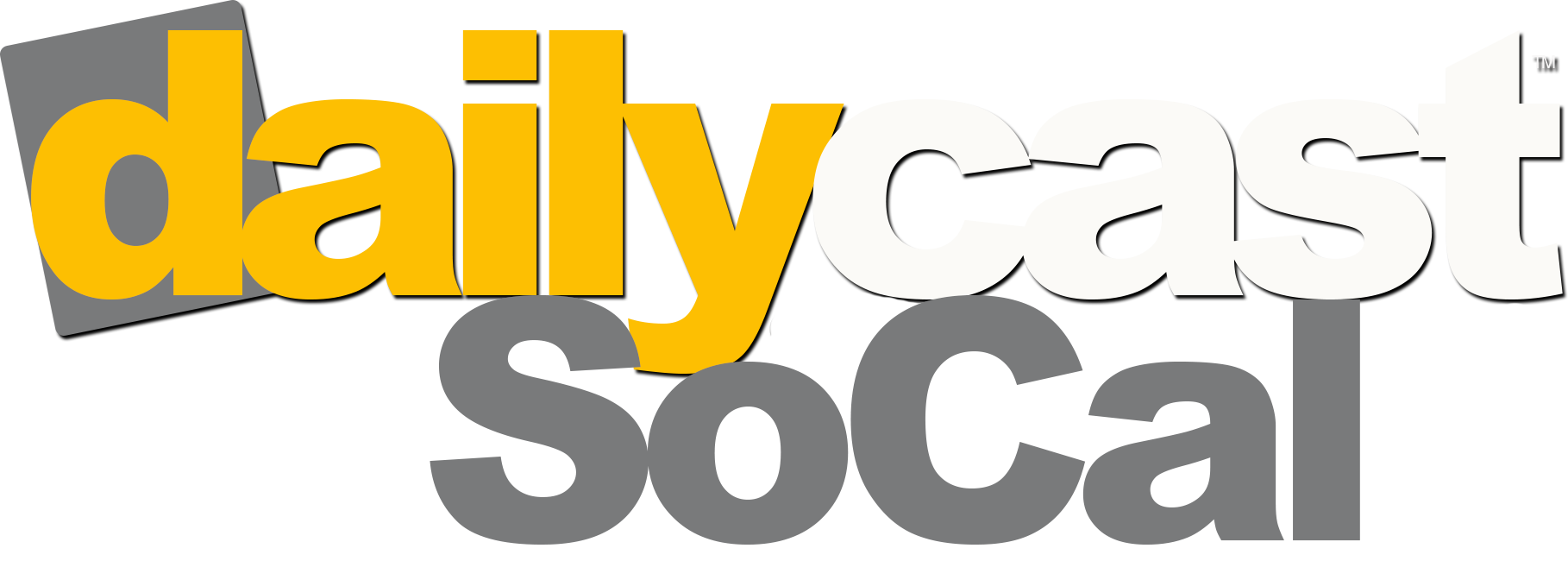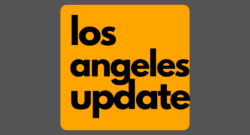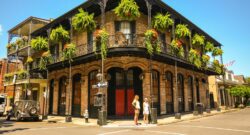Author: dailycastsocal
Police chase suspect clocked at going 120 mph across LA County
Suspect in police pursuit reaches speeds of 120 mph Throughout various moments of the police pursuit, the suspect – originally sought for reckless driving – was recorded by SkyFOX’s radar exceeding 120 mph on the 710 and 105 freeways. LOS ANGELES COUNTY, Calif. – A driver is now in custody after a risky police chase through Los Angeles County. Key details: SkyFOX was overhead as the suspect drove a white sedan during a high-speed chase with the California Highway Patrol on Sunday, November 9. During several instances of the chase, the suspect – initially pursued for reckless driving – was recorded by SkyFOX’s radar traveling over 120 mph on the 710 and 105 freeways. The chase wound through areas of South Los Angeles and Compton before the suspect abandoned the vehicle near South Gate. The suspect fled on foot but was apprehended by the police close to South Gate. Unanswered questions: Authorities have not disclosed whether the suspect was wanted for any additional offenses. Police ChasesSouth GateSouth Los AngelesCrime and Public SafetyCompton Source link
Your browser is not supported
Your browser is not supported | desertsun.com desertsun.com wants to ensure the best experience for all of our readers, so we built our site to take advantage of the latest technology, making it faster and easier to use. Unfortunately, your browser is not supported. Please download one of these browsers for the best experience on desertsun.com Source link
Port of Long Beach signals strong cargo volume for 2025
Despite federal trade policies, the Port of Long Beach reported it is processing cargo volumes at a growing rate, on track to repeat or surpass the record-breaking year it had in 2024. Port officials cited market diversion with other countries and front-loading by companies before tariffs were passed and during the back-and-forth pauses we saw throughout the year. The strong numbers come despite layoffs soaring across the U.S., with this past month being the worst October for job losses in over 20 years according to the firm Challenger, Gray and Christmas. Source link
Cultural Renaissance: How SoCal Artists Are Shaping the Future
The vibrant tapestry of Southern California’s art scene has recently entered a new chapter of innovation and revival. From street murals in Los Angeles to avant-garde installations in San Diego, local artists are not only expressing their unique identities but also shaping the cultural landscape of the region. Breaking Boundaries SoCal artists are pushing the envelope by integrating diverse mediums and cultural influences. This renaissance is characterized by a blend of traditional techniques and contemporary practices, leading to artwork that resonates on multiple levels. Artists are exploring themes that address social issues, environmental concerns, and identity, turning each piece into a conversation starter. Community Engagement Community involvement is pivotal to this cultural rebirth. Artists are creating more than just pieces of art; they are building platforms for dialogue and connection. Collaborations with local organizations, schools, and communities are fostering inclusivity and ensuring that multiple voices are heard, enriching the artistic output. Digital Transformation The digital age has transformed how art is created and shared. Artists are harnessing technology—virtual reality, digital installations, and online platforms—to reach broader audiences. This has enabled an explosion of creativity that transcends physical boundaries, making art more accessible than ever. The Eco-Conscious Movement An increasing number of artists are emphasizing sustainability in their work, using recycled materials and environmentally-friendly practices. This eco-conscious approach not only highlights pressing environmental issues but also inspires others to reflect on their consumption habits and ecological footprints. Future Prospects The future of SoCal’s cultural landscape appears bright, fueled by a diverse array of voices and a commitment to innovation. As emerging artists continue to draw from their cultural roots while simultaneously addressing contemporary issues, the region’s art scene is poised to evolve and expand, influencing future generations. Ultimately, the cultural renaissance in Southern California exemplifies the power of art as a catalyst for change. As artists shape narratives and challenge societal norms, they are not just creating; they are inspiring a collective vision for the future.
Driving Los Angeles Famous Places Part 1 8K Dolby Vision HDR: Downtown LA to Santa Monica California
Enjoy this Southern California drive of Los Angeles Famous places tourist like to visit from Downtown Los Angeles to Santa … source
EXPO 2024: The Ultimate Event for Freight Transportation | Long Beach, California
Intermodal Association of North America (IANA) President Joni Casey invites stakeholders to attend EXPO 2024, a premier … source








